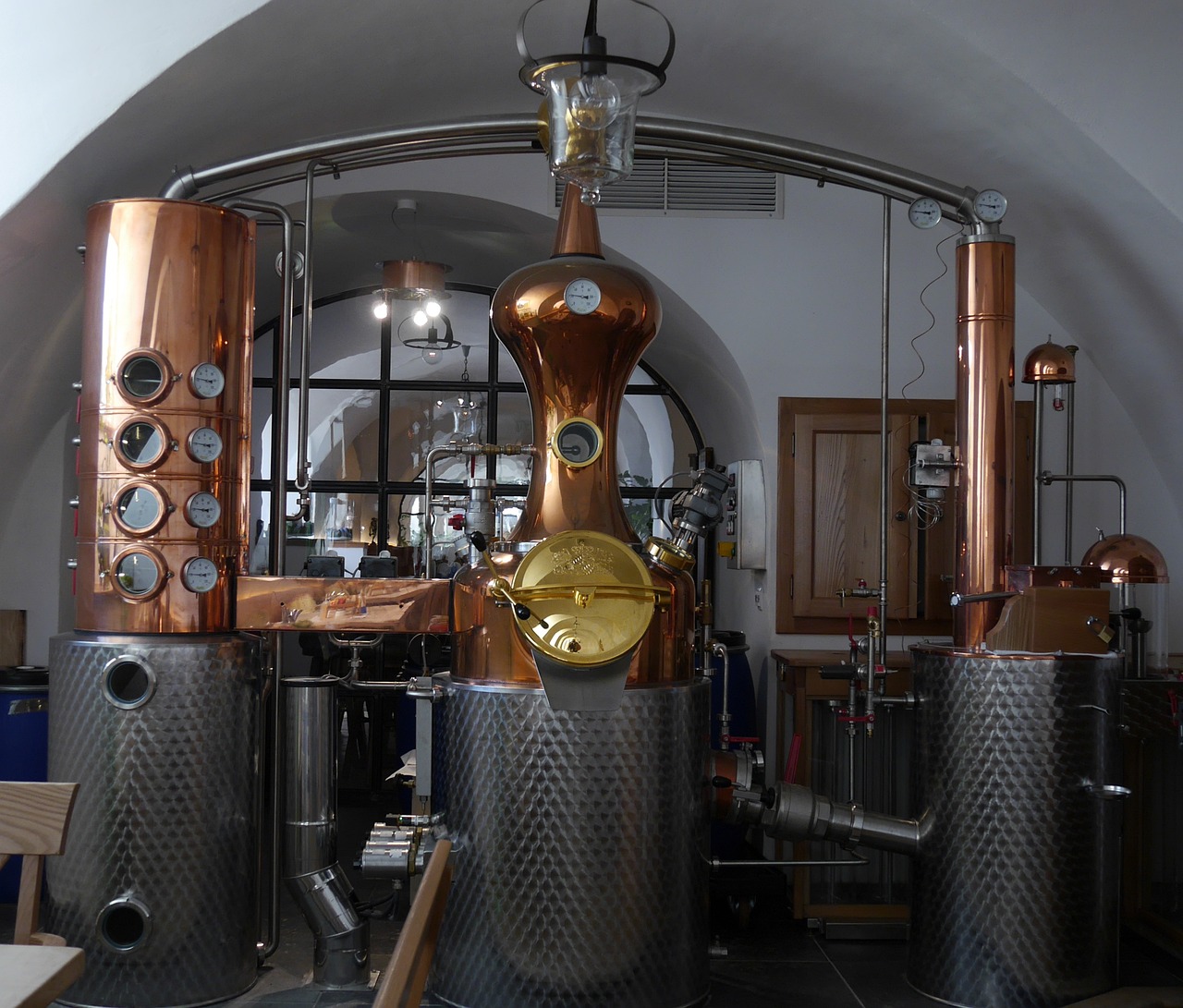
Distilling Essential Oils: A Beginner’s Guide
If you are looking for a way to create your own essential oils, look no further than distillation. This process involves extracting the aromatic compounds from a plant, resulting in a concentrated oil that can be used for a variety of purposes. It may seem intimidating at first, but with the right equipment and a little patience, anyone can distill their own essential oils. In this beginner’s guide, we will take you through the steps of distillation and help you create your own fragrant oils.
Gather Your Botanicals and Equipment
Before you can start distilling, you need to gather your botanicals and equipment. First, choose the plant or plants you want to extract oil from. Some popular choices include lavender, peppermint, and eucalyptus. Next, you will need a still, which can be either a steam still or a water still. You will also need a heat source, such as a stove or a hot plate, and a thermometer to monitor the temperature. Finally, you will need a collection vessel to catch the oil as it is extracted.
Step-by-Step Guide to Distillation
Now that you have your botanicals and equipment, it’s time to start distilling! The first step is to place your plant material in the still and add water. The water should cover the plant material, but not completely. Turn on your heat source and bring the water to a simmer. As the water boils, the steam will rise and carry the aromatic compounds from the plant material with it.
Next, the steam will pass through a condenser, which will cool the steam and turn it back into water. As the steam condenses, the essential oil will separate from the water and collect in the collection vessel. This process can take several hours, depending on the plant material and the size of your still.
Enjoy the Fruits of Your Labor with Aromatherapy!
Once you have collected your essential oil, it’s time to enjoy the aroma and reap the benefits of aromatherapy. Essential oils can be used in diffusers, bath salts, candles, and more. Lavender oil, for example, is known for its calming properties and can be used to promote relaxation and better sleep. Peppermint oil, on the other hand, is invigorating and can be used to combat fatigue and improve mental clarity. With a little experimentation, you can create your own blends and find the perfect oils to suit your needs.
Distilling essential oils may seem like a daunting task, but with a little practice, it can be a fun and rewarding hobby. Not only will you be able to create your own unique scents, but you will also have access to the many benefits of aromatherapy. So gather your botanicals and equipment, fire up your still, and start distilling!


